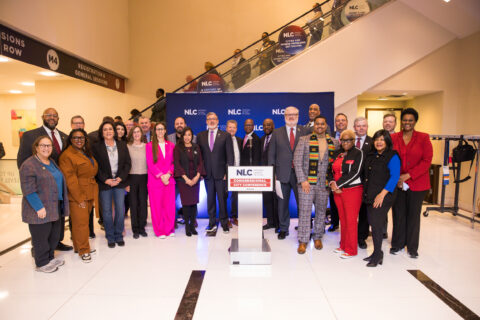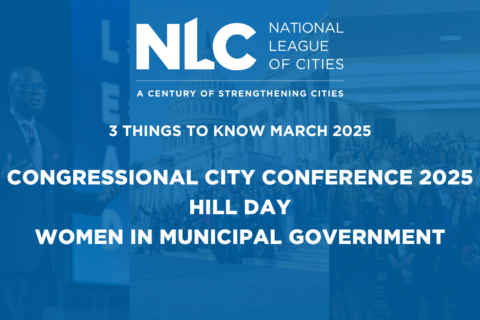The benefit of a city’s procurement function may be overlooked or underrecognized by the executive and legislative branches, especially if it’s operating with few problems. In fact, for public procurement professionals whose job duties include contract administration, it can be tempting to leave contracts alone unless – or more accurately: until – there is an issue. Increasingly, however, procurement offices of all shapes and sizes are recognizing the value of utilizing contract administration best practices to improve their relationships with suppliers and increase the value of their contracts at each stage of the contract’s life, which has positive impacts throughout all branches of government.
It’s important to remember that meaningful contract administration is a shared responsibility between the buyer and the seller; both have agreed to the terms and conditions within the contract and both must keep those contractual promises for the contract to succeed.[1] Ultimately, effective contract administration is focused on the quality of the relationship between your entity and your supplier, as well as the outcomes of that contracted relationship. At each stage in a contract’s lifecycle, there are actions that the procurement professional can take to remain proactive and to ensure that they are receiving the best value goods and/or services from their supplier. No matter what else happens during the contract’s life, setting a clear expectation regarding open and reciprocal communication will provide a groundwork from which to build a successful contract; both the procurement office and the supplier should feel that they are working together towards the goals laid out in the contract and that any issues which arise will be overcome fairly and within a reasonable timeframe.
It is critical for the procurement office to assess the contract’s success year over year; it may become necessary for the supplier or the procurement office to “re-orient” to the contract terms to remind those involved of their responsibilities; maybe there has been some turnover or just a gradual departure from the original levels of communication, accuracy, and timeliness. Whatever they are, issues should be addressed and corrected as soon as the procurement professional becomes aware of them to minimize bad feelings for the supplier and for the end users of the contract.[2] There are many supplier management tools available – from trainings to templates to automated e-procurement modules – which require different levels of approval and funding. A tool which can be implemented with a lower impact to policy and price is a variation of a Corrective Action Plan (sometimes called CAP). This document can be as formal or informal as needed but should include a detailed description of the issue and the supplier’s agreed solution, which should be measurable. A CAP, among other efforts to communicate, will ensure that any problems are addressed and resolved as quickly as possible.
Eventually, the contract must come to an end. In the final year or two of the contract’s life, the procurement office should determine whether there will be another solicitation for the goods and/or services on this contract. If there will be a new solicitation, it’s important that communication throughout the contract’s life has been ongoing and appropriate, any corrective action has been taken as soon as possible, and there are no bad feelings between the supplier and the end users. Even though it may be less initial effort to sign a contract and only return to it when there is a problem, it does not serve the procurement office in the long run. Throughout the life of a contract, utilizing and developing best practices for contract administration brings incredible value – to the contract and the goods and/or services received, to the relationships with suppliers, and to the city as a whole.
[1] National Contract Management Association (NCMA). (2011). Contract Management Body of Knowledge, 3rd Edition. NCMA.
[2] NASPO. (2019). State and Local Government Procurement: A Practical Guide, 3rd Edition. NASPO.
Upcoming Webinar
Learn more about contract administration by joining NASPO’s webinar in partnership with NLC on December 5th at 2 PM ET.
About the Author
Emily Cranfill, CPPO, CPPB is the Procurement Content Manager at NASPO.








